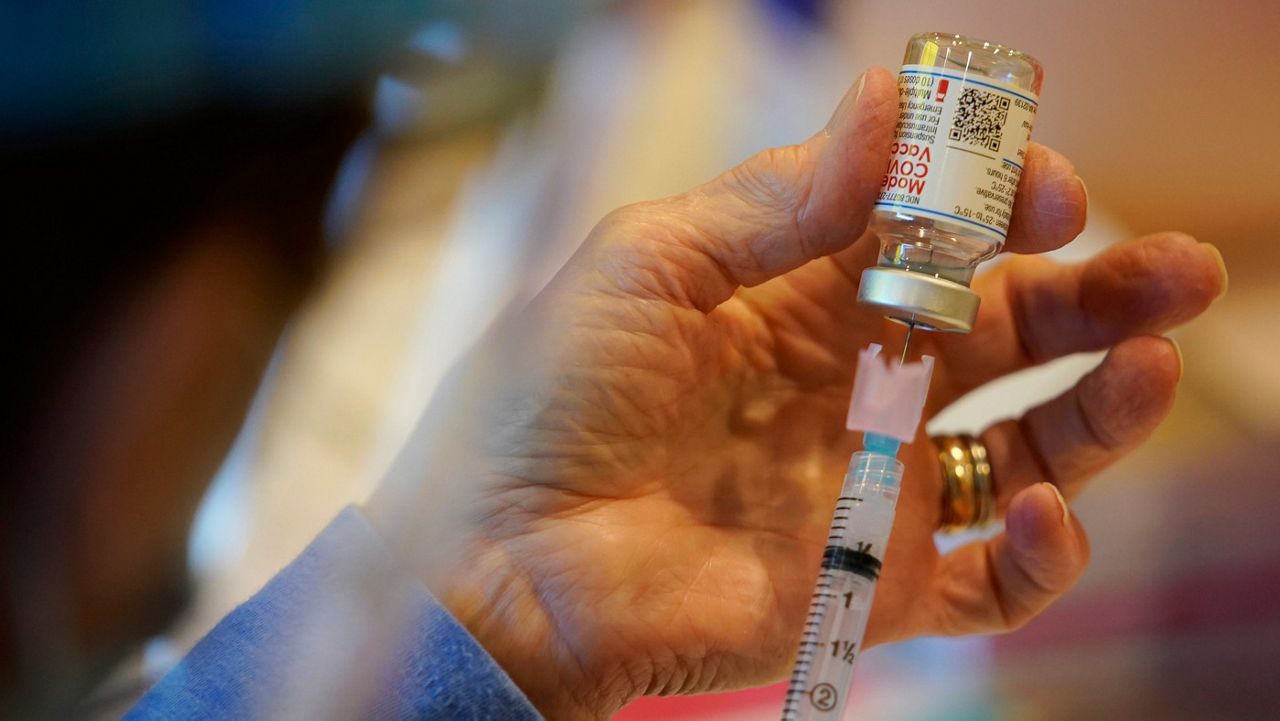DALLAS — More than 46% of Americans are now fully vaccinated against COVID-19, meaning many are emerging from a 16-month pandemic and resuming their normal lives. For some, that means taking care of medical exams and treatments put off during those long months of quarantine, including getting vaccinations against other diseases and infections.
Flu season is a few months away, and over the past several years, the U.S. has seen an increase in people getting their flu shots as a preventative measure.
According to the Centers for Disease Control and Prevention, the number of American adults who are getting the seasonal flu vaccine is increasing. During the 2019 to 2020 flu season, 48.4% of Americans 18-years-old and older got the vaccine. That’s nearly a 5 percentage point increase from the 2014 to 2015 flu season when 43.6% of Americans 18 years and older got vaccinated for influenza.
The vaccine against shingles has also become more prevalent among U.S. adults in the last 15 years since the first vaccine became available.
Shingles, also known as herpes zoster, is a painful skin rash that often causes blisters. The rash can cause fever, headache, chills or an upset stomach. In rare cases, shingles can lead to pneumonia, hearing problems, blindness, brain inflammation or death, according to the CDC.
Some shingles patients suffer from a complication that causes long-term nerve pain where the shingles rash appeared. The pain can last anywhere from several months to several years.
Shingles infection rates have been increasing, although scientists are still searching for the reasons behind the steady rate of infection. According to the CDC, almost one out of three people in the U.S. will develop shingles in their lifetime.
But while rates of infection have increased among younger and middle-aged adults, rates among older adults have been plateauing since 2008, two years after the first vaccine was introduced.
That vaccine, the Zostavax, was available for adults aged 60 years and older. In 2017, a new vaccine, Shingrix, also known as the recombinant zoster vaccine, was approved by the FDA and is now the recommended vaccine. The CDC recommends that healthy adults 50 years and older get two doses of the Shingrix, separated by two to six months.
The CDC reported that in 2013, 24.2% of adults aged 60 years and older received the shingles vaccine, which during that time was the Zostavax vaccine. In 2018, the last year CDC has statistics available, the rate of shingles vaccination increased to 28% of adults aged 60 years or older. By 2018, the newer version of the vaccine, Shingrix, was available and recommended by the CDC and may have contributed to the increase in vaccination rates.
One thing to keep in mind with both the flu vaccine and the shingles vaccine is that, like the COVID-19 vaccine, side effects can be common. Soreness or pain near the injection with the shingles vaccine occurred in 80% of those who received the shingles vaccine, according to the CDC. In addition, tiredness, muscle pain, headache, fever and nausea can also occur.
Side effects with the flu vaccine are also common, depending on the year and the strain.
“A substantial increase in adult vaccination coverage is needed to reduce the burden of vaccine-preventable diseases,” said Kate Grusich, a public affairs officer at the CDC, in an email. “In addition, the COVID-19 pandemic might have affected current adult vaccination coverage, making it more important than ever to avoid missed opportunities and ensure timely catch-up of any missed doses.”



